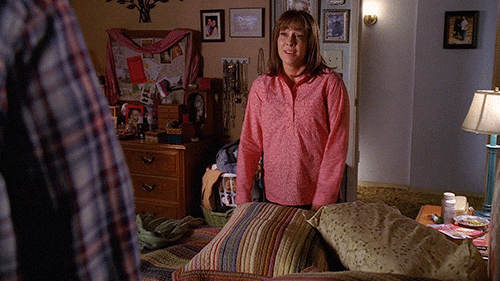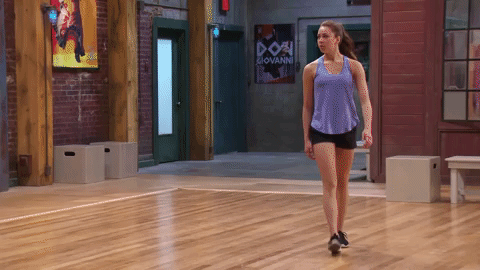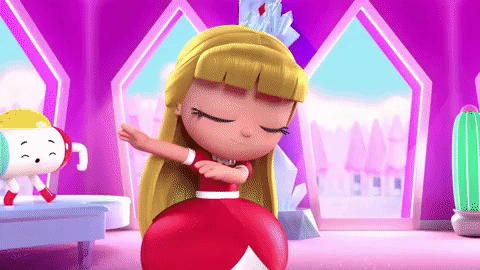
In our not-so-humble opinion, correcting pirouettes can be one of the most challenging parts of a dance teacher’s job.
It’s the moment in the day you start questioning every decision you’ve ever made 🤷.
Don’t agree? Hear us out!
Here are five reasons correcting pirouettes is a….special challenge.
1. There are a million (literally) moving parts.
2. Spotting.
Need we say more? Spotting is a deceptively technical concept to teach. It’s tricky, specific and takes some SERIOUS patience to teach.
3. Turning is a head game.
Even if your student is perfectly aligned, has used the right amount of force and spots correctly, if their head isn’t in the right place, their turns are doomed. Turning takes confidence. If your dancer goes into a pirouette believing they will fail, they will most likely fail. Teaching turns requires the capacity to coax a student out of their head and into a place where they believe in themselves.







